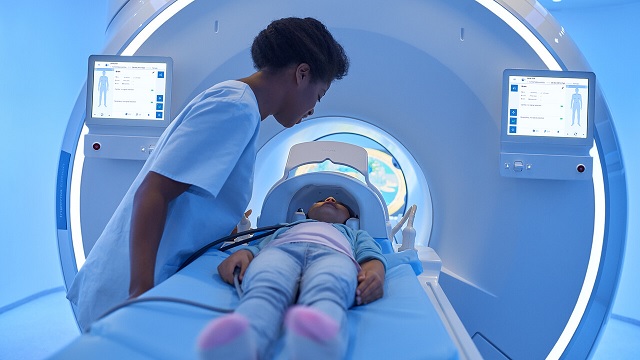As technology advances, so does the medical field. One area of medical technology that has seen significant growth is teleradiology services. Teleradiology, the transmission of radiological patient images from one location to another, has revolutionized the radiology field. It offers a plethora of benefits, the most significant one being the improvement of radiologist workflow.
What are Teleradiology Services?
Before delving into the benefits, it is essential to understand what teleradiology services encompass. Teleradiology services involve the transmission of radiological patient images, such as MRIs, CT scans, and X-rays, from one location to another for interpretation and consultation purposes. It allows radiologists to provide their services without needing to be in the same location as the patient, or even the imaging equipment.
Enhancing Efficiency
A primary way teleradiology services improve radiologist workflow is by enhancing efficiency. Traditionally, radiologists would have to physically be present to review and interpret images. With teleradiology, radiologists can analyze and report on images from any location, provided they have a secure internet connection. This not only saves on travel time but also allows radiologists to manage their time better, leading to increased productivity.
Faster Turnaround Times
In emergency situations, every moment counts. Teleradiology services enable faster turnaround times since images are sent electronically and can be reviewed immediately. A radiologist could be anywhere in the world and still provide timely interpretations, which could be critical in life-saving situations.
Access to Subspecialty Expertise
Teleradiology services also improve radiologist workflow by providing access to subspecialty expertise. Some cases may require a radiologist with a specific specialty, which might not be available in smaller hospitals or rural areas. Teleradiology eliminates geographical barriers, enabling radiologists with the necessary expertise to interpret the images, ensuring that patients receive the best possible care.
24/7 Coverage
Teleradiology services allow for 24/7 coverage. Radiologists can work in shifts, ensuring that there is always a professional available to interpret images. This ensures that no matter when a patient’s images are taken, there is always a radiologist available to interpret them, improving patient care and outcomes.
Conclusion
In conclusion, teleradiology services are revolutionizing the field of radiology by improving radiologist workflow. They allow radiologists to work more efficiently, provide faster turnaround times, offer access to subspecialty expertise, and enable 24/7 coverage. As technology continues to advance, we can expect to see further improvements in teleradiology services.










